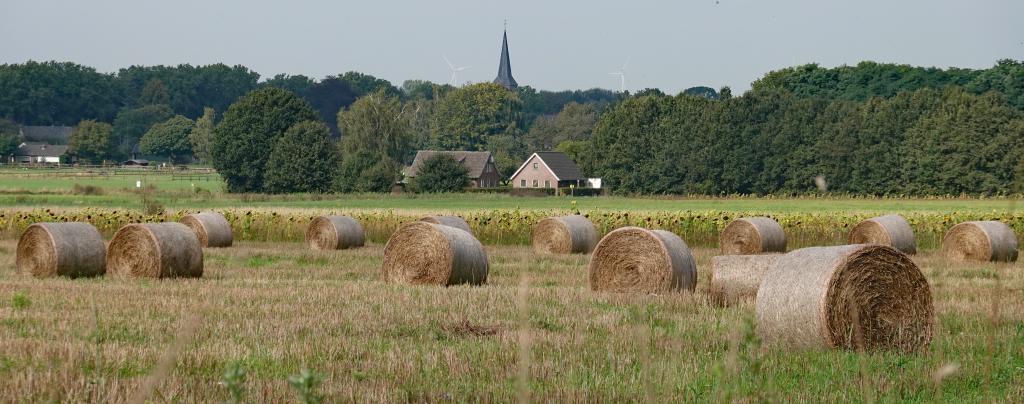Cost-effective mitigation of nitrogen pollution from global croplands
Based on a meta-analysis of 1,521 worldwide field observations, 11 key measures were identified that reduce global nitrogen losses from croplands to air and water by 30–70%, while increasing crop yield by 10–30%. The global cost of mitigation measures are 20 billion US$, and 25 times lower than the benefit of 500 billion US$ from reduced pollution and increased crop yield.
The nitrogen surplus of global cropland in 2015 exceed 100 Tg N and is a main source of global nitrogen pollution. Its reduction is part of the solution of the current climate and biodiversity crisis. Mitigating nitrogen pollution from global croplands is a grand challenge because of the nature of nonpoint-source pollution from millions of farms and the practical constraints to implementing pollution-reduction measures.

Effect of implementation of measures to mitigate N pollution
Adoption of the selected 11 key measures on global croplands would allow the production of 17 ± 3 Tg (1012 g) more crop nitrogen (20% increase) with 22 ± 4 Tg less nitrogen fertilizer used (21% reduction) and 26 ± 5 Tg less nitrogen pollution (32% reduction) to the environment for the considered base year of 2015. The nitrogen use efficiency increases by 10–80%. These changes could generate a global societal benefit of 476 ± 123 billion US dollars (USD) for food supply, human health, ecosystems and climate, with net mitigation costs of only 19 ± 5 billion USD, of which 15 ± 4 billion USD fertilizer saving offsets 44% of the gross mitigation cost.
Barriers and enablers for mitigation
The potential of mitigation to reduce pollution, barriers to adopt implementation and costs of different abatement measures vary widely across the world. Important barriers for adoption are lack of financial resources and limited nitrogen management knowledge of farmers. Therefore actual implementation of measures requires innovative policies such as a nitrogen credit system (NCS). The NCS approach acknowledges responsibilities and limitations of the multiple parties along the food chain, including farmers, suppliers, processors, retailers, consumers, and governments. The premise of NCS is that, at the end, the mitigation cost should be paid by society as a whole since they benefit from less nitrogen pollution. The NCS can help governments and stakeholders to select, incentivize and, where necessary, subsidize the adoption of these measures.
Authors
Specifications
- Publication title
- Cost-effective mitigation of nitrogen pollution from global croplands
- Publication date
- 4 January 2023
- Publication type
- Article
- Page count
- 22
- Publication language
- English
- Magazine
- Nature
- Issue
- 2023; 613
- Product number
- 5151




